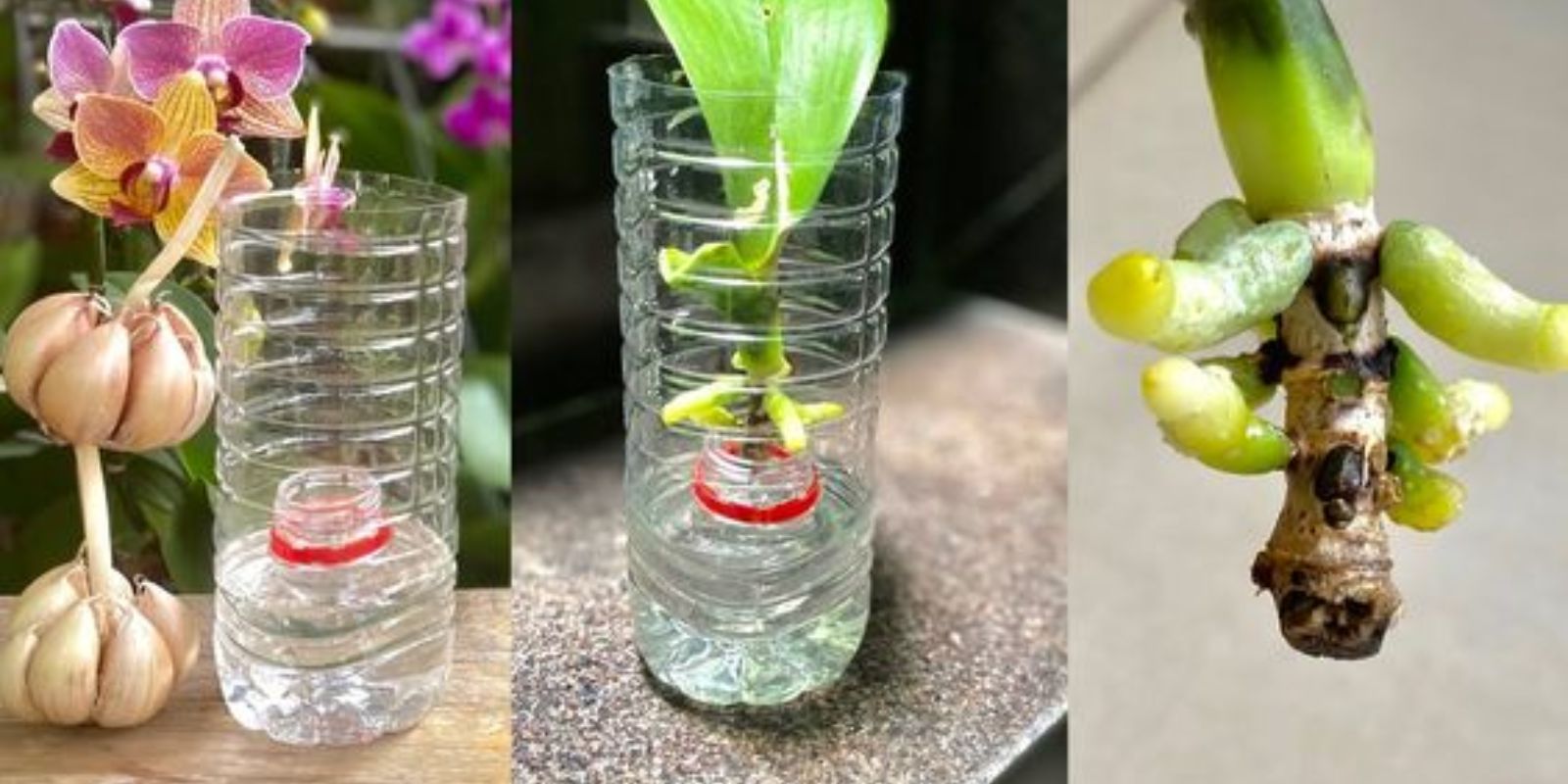Introduction
Orchid propagation can be a daunting task for both novice and experienced gardeners, but using plastic bottles as a propagation medium offers an accessible and highly effective solution. This method not only simplifies the process but also increases the success rate of growing healthy orchids. In this article, we will explore the step-by-step process of propagating orchids using plastic bottles, providing you with a reliable method to expand your orchid collection effortlessly.
Understanding the Basics of Orchid Propagation
Orchids are unique and often challenging plants to propagate due to their specific needs for moisture, light, and temperature. Traditional propagation methods can sometimes be complex, requiring precise conditions and expert knowledge. However, by using plastic bottles, you can create a controlled environment that significantly enhances the chances of successful propagation.
Materials You’ll Need
Before diving into the propagation process, gather the following materials:
- Healthy orchid plant
- Clean plastic bottles (preferably with screw caps)
- Orchid mix or sphagnum moss
- Sharp, sterilized scissors or pruning shears
- Watering can or spray bottle
Step 1: Selecting the Right Orchid and Preparing the Bottles
Choose a healthy orchid plant that is free from pests and diseases. If you are propagating from an existing plant, select a mature stem or keiki (a baby plant). Clean your plastic bottles thoroughly to remove any residue or contaminants. Ensure the bottles have drainage holes at the bottom to prevent waterlogging, which can lead to root rot.
Step 2: Preparing the Orchid
Carefully remove the orchid stem or keiki from the parent plant. Gently clean the roots and trim any damaged or dead sections using sterilized scissors or pruning shears. This step is crucial to ensure that only healthy parts of the plant are used for propagation.
Step 3: Preparing the Plastic Bottles
Fill the bottom of each plastic bottle with an orchid mix or sphagnum moss. These materials provide the necessary support and nutrients for root development. The orchid mix should be well-draining to prevent water accumulation, which can be detrimental to the plant.
Step 4: Planting the Orchid
Place the prepared orchid stem or keiki into the bottle, ensuring that the roots are covered with the growing medium. The plant should be positioned upright and centered within the bottle. Gently press the growing medium around the base of the plant to provide stability.
Step 5: Creating a Humid Environment
To encourage root growth and maintain humidity, cover the top of the plastic bottle with its screw cap or plastic wrap. This creates a greenhouse effect inside the bottle, which helps retain moisture and creates an optimal environment for the orchid to thrive.
Step 6: Providing Proper Light and Care
Place the plastic bottle in a location with bright, indirect light. Direct sunlight can cause excessive heat and dehydration, so choose a spot where the plant will receive gentle light. Regularly monitor the moisture level of the growing medium. Use a watering can or spray bottle to keep the medium slightly moist but not soggy.
Step 7: Monitoring Growth and Transplanting
As the orchid begins to develop roots and new leaves, monitor its progress closely. Be patient, as root development may take several weeks to a few months. Once the plant has established a strong root system and shows signs of healthy growth, it is time to transplant it to a larger pot.
Transplanting the Orchid
Gently remove the orchid from the plastic bottle, taking care not to damage the roots. Prepare a new pot with fresh orchid mix and place the plant in the pot, ensuring that the roots are spread out evenly. Water the plant thoroughly after transplanting and continue to provide bright, indirect light.
Tips for Success
- Temperature and Humidity: Maintain a stable temperature and high humidity level to support healthy orchid growth. Orchids generally thrive in temperatures between 65°F to 75°F (18°C to 24°C) and humidity levels of 50% to 70%.
- Avoid Overwatering: Ensure the growing medium is well-draining and avoid overwatering, as excessive moisture can lead to root rot. Allow the top layer of the medium to dry slightly between waterings.
- Regular Inspection: Check the orchid regularly for signs of pests, diseases, or mold. Address any issues promptly to ensure the plant remains healthy.
Conclusion
Propagating orchids using plastic bottles is a straightforward and highly effective method that can lead to impressive results. By creating a controlled environment with proper care, you can successfully grow new orchids from stems or keikis, expanding your collection with ease. This method is perfect for both beginners and seasoned gardeners looking to enhance their orchid-growing skills.
So, gather your materials, follow the steps outlined above, and start your orchid propagation journey today. Share your success stories with fellow plant enthusiasts and inspire others to explore this innovative and rewarding approach to growing orchids. Happy gardening! 🌿🌸

